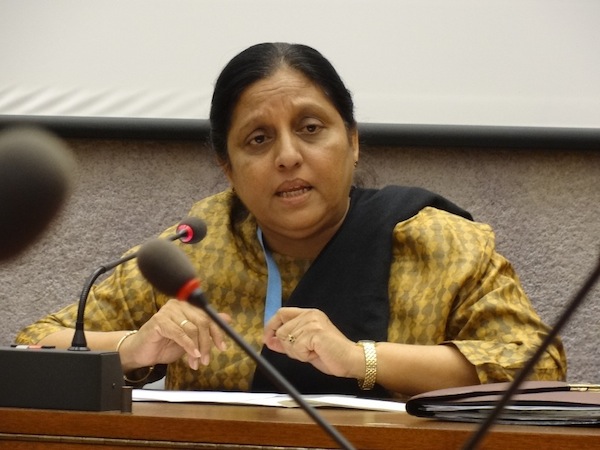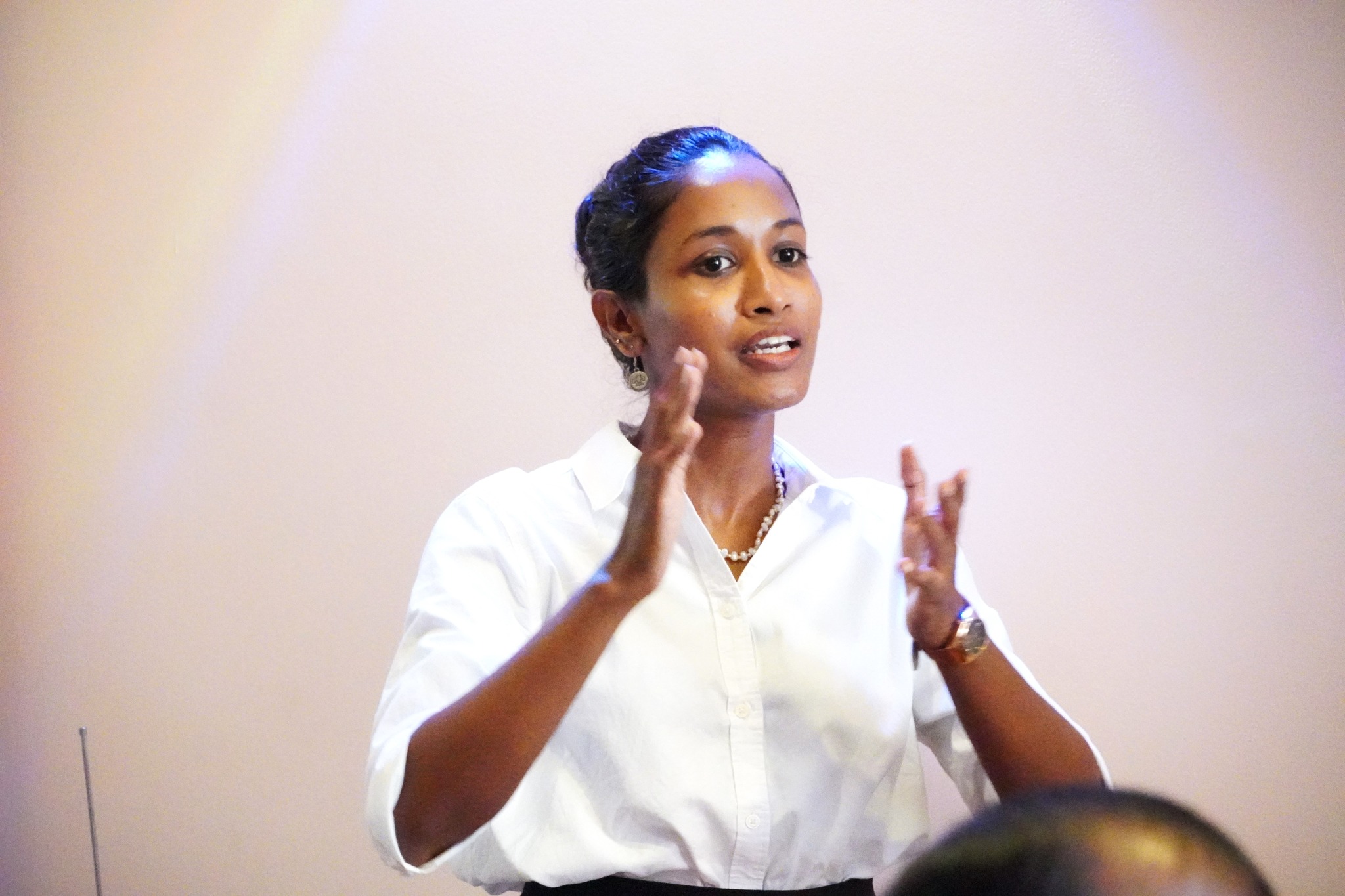“In 1990, while I was working as a lecturer at Eastern University, I was tasked with overseeing a refugee camp in Vantaramulai, Batticaloa. On September 5, 1990, I formally handed over 158 individuals, suspected of being LTTE members, to the military for rehabilitation. The military took them away in buses. I have not seen any of them since. I live in Batticaloa and still encounter their relatives. They still ask about their loved ones. What can I say? Should I say they are alive or not? I don’t know what happened to them. They were supposedly at one camp, then another. People went looking. Then came the rumour they were working on a farm in Rajapaksa’s family property. My relatives asked me if they should check there. What could I say? The relatives want to know what happened to their family members. During the war, a man who fled to Japan returned. He is the only one among the searched individuals who came back.”
Dr. T. Jayasingham, former Vice-Chancellor of Eastern University, shared these thoughts with us. He is also a long-standing member and director of the National Peace Council. Living in Chenkalady, Batticaloa, he was one of the Tamil intellectuals advocating for a political solution during the war. On May 19, a day commemorating their missing and murdered loved ones, we explored his lifetime of witnessing violence, killings, and disappearances while advocating for peace.
A naval officer assigned to Batticaloa later testified to a commission of inquiry that only 34 individuals were taken into custody, and the military subsequently released them. Dr. Jayasingham provided evidence multiple times to the Presidential Commission on Disappearances regarding the 158 people he handed over, including detailed records of those individuals and all the military officers involved. However, a major general who later appeared before the commission stated that all 158 were LTTE members and urged not to discuss their disappearance.
Despite presenting all known information to every commission on disappearances, there was no progress, increasing the pain and frustration of the affected families. Eventually, they were dissuaded from approaching the commissions. Whether to provide compensation or punishment can be decided later, but fundamentally, the people need the truth revealed.
Dr. T. Jayasingham was labeled an opposition figure when he raised these issues within the university and society as Vice-Chancellor of Eastern University.
“I only speak of what I saw. I did not march against the government. I know about the disappeared individuals who vanished before my eyes. If I can’t talk about that, what’s the point?”
The Crisis of Searching for the Missing and the LTTE
Dr. Jayasingham, through his experience with the 158 individuals he handed over, became accustomed to viewing the broader issue of disappearances during the war. He recalls his experience whenever he encounters information about those who disappeared in Tamil areas during the war. He believes that the history of disappearances during the war has been erased from Sri Lanka’s history. He asserts that what occurred in Sri Lanka was a conflict, not a war, similar to the conflict between the JVP and the government, where JVP members later participated in provincial councils, parliamentary elections, and even became ministers without issues. He questions why LTTE members do not have the same rights.
“When groups came to surrender to the military, they used informants to identify individuals, often based on how they tied their hair. Those identified with LTTE connections were taken into custody. There was also an issue of selection. Because regions like Batticaloa were divided into liberated and non-liberated areas, people from liberated areas would often travel to non-liberated areas for farming. Participation in meetings called by either the LTTE or the military was common, and avoiding them was impossible. Even government officials, including police officers, had to attend meetings called by the LTTE during the war. This does not mean everyone who attended these meetings was an LTTE member. The notion that everyone in the North and East were either LTTE members or supporters is incorrect. Even if they were LTTE members, disappearing them after taking them into custody or surrendering is unjust,” says Dr. T. Jayasingham.
The Crisis of Families of the Disappeared
Dr. Jayasingham states that he knows all the families of the disappeared well. The youngest male on his list was an 11-year-old boy, and the oldest was around 56. At least 50% of them were married. One man’s wife was several months pregnant at the time; their child never saw his father. Living without a husband for a young woman, or without a father for a child, is particularly challenging during a war. These families continue to assert that they want nothing else but to know what happened to their loved ones. They cannot even perform religious rites for them. Their pain and uncertainty remain unresolved. Everyone experiences death, and religious rites provide some mental solace. However, the unresolved issues concerning the lives of people in the North and East constitute a significant psychological and societal crisis.
It took a long time to obtain a certificate of disappearance, a certified letter, and a death certificate for the disappeared. Some families overcame these challenges after the war, but many lived through immense suffering. The government initially provided Rs. 50,000 and later Rs. 100,000 as compensation. However, families question the efficacy of monetary compensation. They believe that providing jobs would be more beneficial.
This article is based on an interview with Dr. T. Jayasingham, former Vice-Chancellor of Eastern University and member of the National Peace Council’s board of directors, conducted by Sudesh De Silva.
For Further Reading:
– [Colombo Telegraph](https://www.colombotelegraph.com/index.php/missing-the-missing-for-33-years-pro-missing-with-many-missings/)
– [Tamil Guardian](https://www.tamilguardian.com/content/families-disappeared-protest-front-omp-office-batticaloa)
– [Amnesty International](https://www.amnesty.org/en/documents/asa37/019/1993/en/)
– [ICRC Library](https://missingpersons.icrc.org/library/psychosocial-work-aftermath-tsunami-challenges-service-provision-batticaloa-eastern-sri)
– [Asia News](https://www.asianews.it/news-en/Batticaloa-Tamil-women-refuse-to-forget-the-men-taken-away-by-the-army-32690.html)


